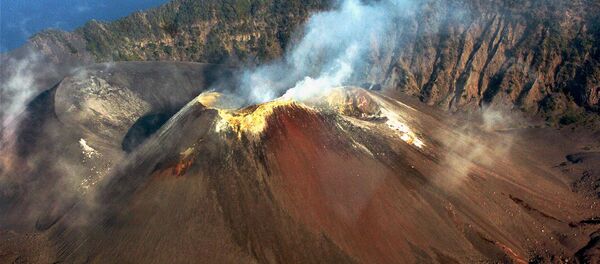After decades of searching, astronomers finally discovered a planet in Alpha Centauri, our neighboring star system, in August 2016. Proxima b is a bit larger than the Earth but orbits much closer to its star, the red dwarf Proxima Centauri. Since red dwarfs give off much less heat than yellow stars like our sun, planets can be very close to them and still be within their star's "habitable zone."
Proxima b is in its star's habitable zone, meaning it could support liquid water. That, combined with its closeness to Earth, makes it an object of inspiration for human astronomers dreaming of the future.
But some have doubted Proxima b's habitability. Many factors are involved: for instance, Proxima b's closeness to its star may have stripped it of its atmosphere.
A new study from the University of Exeter in the United Kingdom, which was published in the journal Astronomy & Astrophysics, applied a new model previously used to study Earth's climate patterns to Proxima b. This model, the Met Office Unified Model, was adapted to model the climate history of Proxima b.
Since we don't yet know what Proxima b's atmosphere is made of, the Exeter team ran the simulation twice: once with a Proxima b that has an Earth-like atmosphere (mostly nitrogen and oxygen, with some argon and carbon dioxide and traces of other gases), and again with a Proxima b with a simple atmosphere (just nitrogen and some carbon dioxide).
Because Proxima b is so close to its star, it's likely hit by massive quantities of radiation. This can have adverse effects on a planet's atmosphere, such as breaking it down entirely. It can also act as a food source for primitive life.
"Overall, our results are in agreement with previous studies in suggesting Proxima Centauri b may well have surface temperatures conducive to the presence of liquid water," the team wrote. There's an excellent chance that the planet is "likely to be habitable for a range of orbital states and atmospheric compositions."
Of course, the simulation is just that: a model. Human observation of Proxima b has been done from trillions of miles away, and we know far less about it than we can know about a planet we can observe directly with orbiting instruments.
"There are obviously several ingredients missing from our analysis," the Exeter team wrote. "We have neglected the presence of any land-surface, as we have no information what this may look like."






